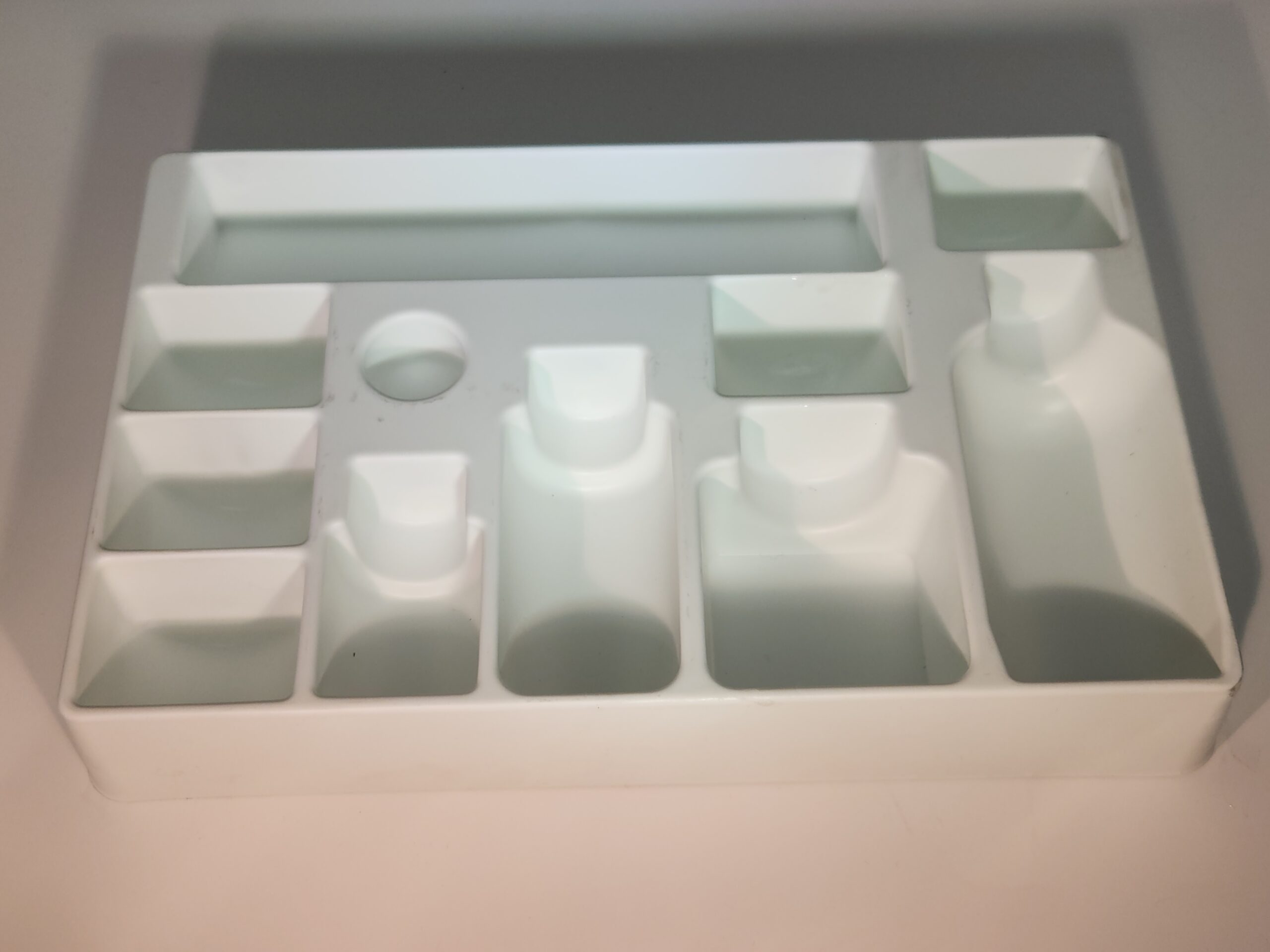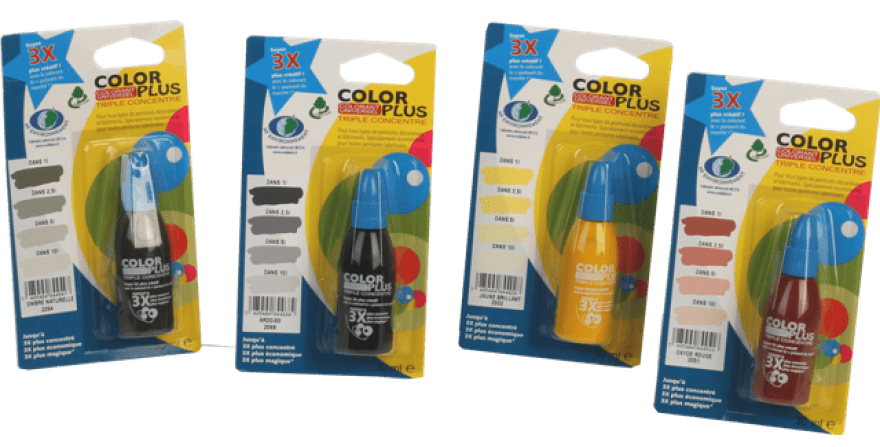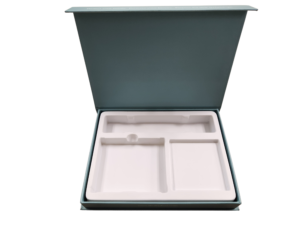Home » Understanding Polypropylene (PP) Thermoform in Packaging
Understanding Polypropylene (PP) Thermoform in Packaging

Polypropylene, often referred to as PP plastic, is the second most widely used plastic globally, praised for its remarkable durability, strength, and resistance to various environmental factors. This thermoplastic polymer is behind the resilience of many items in our daily lives, from children’s toys that withstand rough play to the reliable lids on your shampoo bottles that endure frequent use.
Properties of PP Plastic
Durability and Robustness: PP is characterized by its ability to resist wear and tear, making it ideal for high-use products like automotive parts and consumer goods.
Chemical Resistance: PP does not react with a wide range of chemicals, which makes it suitable for containers and pallets in chemical handling applications.
Biological Resistance: It does not degrade or mold easily, resisting damage from biological elements such as bacteria and fungi, enhancing its utility in medical and food applications.
Water Resistance: Its impermeability makes it essential for items that must withstand moisture, including medical devices and lab equipment.
Fatigue Resistance: PP maintains its shape after bending or twisting, exemplified by its use in living hinges, such as those found on shampoo bottle lids.
High Melting Point: With a melting point that allows it to withstand higher temperatures, PP is perfect for kitchenware and food appliances that undergo heat exposure.
Electrical Insulation: Its resistance to electricity makes it a primary choice for electronic components.
Cost-Effectiveness and Recyclability: PP is not only affordable but also fully recyclable, supporting environmental sustainability by reducing landfill waste.
Applications of Polypropylene in Various Industries
Packaging Solutions: PP’s flexibility and low cost make it a popular choice for various packaging needs, replacing traditional materials like paper and cellophane. It is extensively used in manufacturing containers such as pallets, bottles, yogurt containers, and food packaging products.
Automotive Components: Due to its durability and resistance properties, PP is frequently utilized in the automotive industry for parts such as car batteries, bumpers, interior panels, and cladding.
Medical Industry: PP’s resistance to rigorous sterilization makes it indispensable in medical applications. It is used for constructing medical devices and packaging systems for pharmaceutical products.
Consumer Goods: From toys that must endure frequent handling to household items like rugs and kitchen utensils, PP is a staple material in the consumer goods sector.
Material Handling: PP is often the material of choice for making durable plastic pallets and other material handling equipment, thanks to its robustness and resilience.
For more information on polypropylene packaging solutions or to discuss your specific needs, please contact Brown Packaging. We are dedicated to providing high-quality, sustainable packaging solutions tailored to your requirements.
Holiday e-commerce volumes push packaging to its limits. Trailers are overfilled, handling is rushed, and parcels endure more drops and vibration than usual. Without proper
The holiday season is the busiest—and most demanding—time of year for e-commerce packaging. Higher shipping volumes, faster turnaround times, and rougher handling conditions increase the
During the holiday season, packaging does more than protect—it directly influences how recipients perceive the gift inside. For e-commerce buyers, the right packaging design can
Holiday e-commerce packaging carries two expectations: delivering a memorable unboxing experience and meeting sustainability standards. Shoppers want festive branding, but they also expect recyclability and
Holiday e-commerce volumes can overwhelm manual packing operations. Automation offers a scalable way to meet peak demand while maintaining accuracy, speed, and consistency. For packaging
Point-of-purchase (POP) displays do more than attract shoppers—they must also survive the complexities of modern supply chains. From manufacturing and warehousing to transportation and in-store
Home » Understanding Polypropylene (PP) Thermoform in Packaging

Blister packaging plays an indispensable role in various sectors, especially in the pharmaceutical, food, and consumer goods industries. It provides a user-friendly and secure mode

In the current competitive retail landscape, the packaging of a product plays an increasingly significant role in customer decision-making. Brands are progressively realizing the power

Polypropylene, often referred to as PP plastic, is the second most widely used plastic globally, praised for its remarkable durability, strength, and resistance to various


